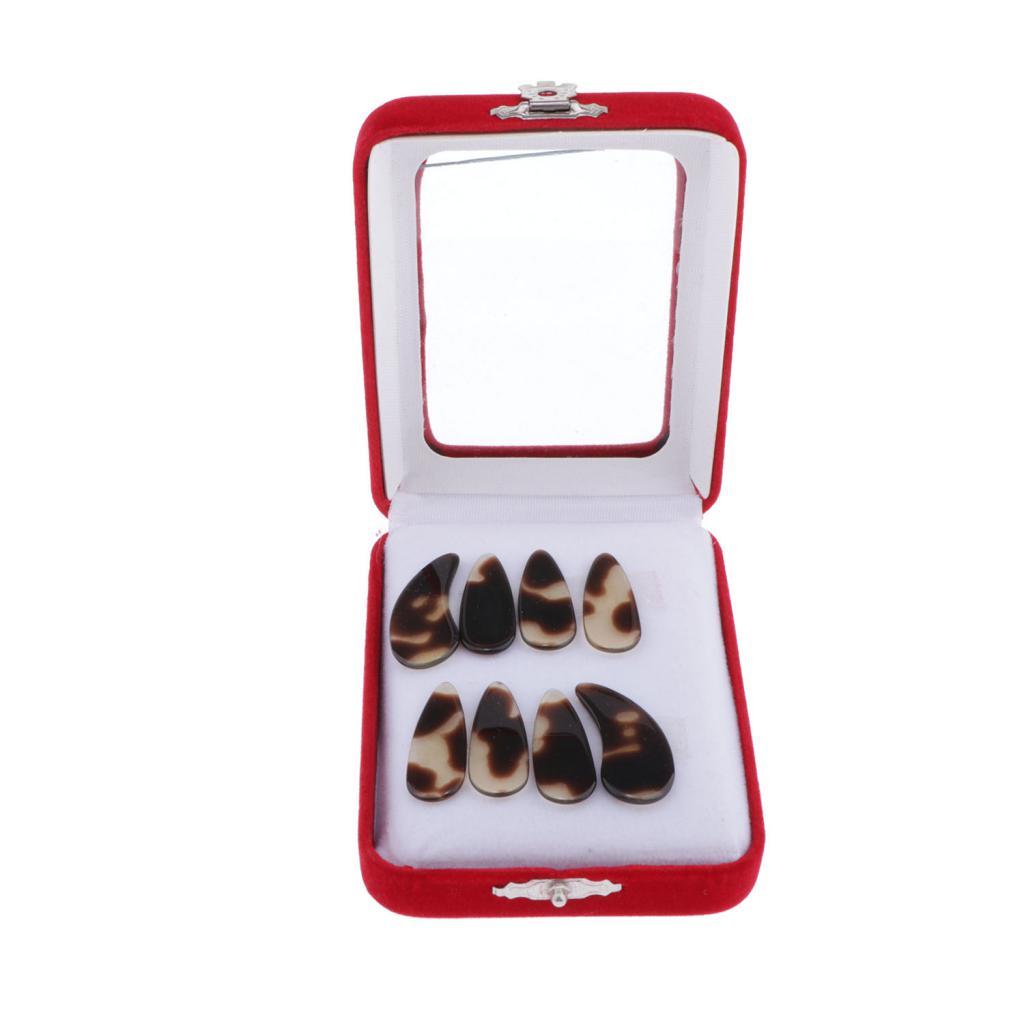
Pipa acquired a number of Chinese symbolisms during the Han dynasty - the instrument length of three feet five inches represents the three realms (heaven, earth, and man) and the five elements, while the four strings represent the four seasons. However, depictions of the pear-shaped pipas in China only appeared after the Han dynasty during the Jin dynasty in the late 4th to early 5th century. The pear-shaped pipa may have been introduced during the Han dynasty and was referred to as Han pipa. Pear-shaped lutes have been depicted in Kusana sculptures from the 1st century AD. The pear-shaped pipa is likely to have been introduced to China from Central Asia, Gandhara, and/or India. Relief sculpture from Gandhara showing a lute being played by a musician (right), 1st–2nd century AD Yet another term used in ancient text was Qinhanzi (秦漢子), perhaps similar to Qin pipa with a straight neck and a round body, but modern opinions differ on its precise form.

This may have given rise to the Qin pipa, an instrument with a straight neck and a round sound box, and evolved into ruan, an instrument named after Ruan Xian, one of the Seven Sages of the Bamboo Grove and known for playing similar instrument. An instrument called xiantao (弦鼗), made by stretching strings over a small drum with handle, was said to have been played by labourers who constructed the Great Wall of China during the late Qin dynasty. Another Han dynasty text, Fengsu Tongyi, also indicates that, at that time, pipa was a recent arrival, although later 3rd-century texts from the Jin dynasty suggest that pipa existed in China as early as the Qin dynasty (221–206 BC). Liu Xi also stated that the instrument called pipa, though written differently ( 枇杷 pípá or 批把 pībǎ) in the earliest texts, originated from amongst the Hu people (a general term for non-Han people living to the north and west of ancient China). According to Liu Xi's Eastern Han dynasty Dictionary of Names, the word pipa may have an onomatopoeic origin (the word being similar to the sounds the instrument makes), although modern scholarship suggests a possible derivation from the Persian word " barbat", the two theories however are not necessarily mutually exclusive.

The earliest mention of pipa in Chinese texts appeared late in the Han dynasty around the 2nd century AD. Modern researchers such as Laurence Picken, Shigeo Kishibe, and John Myers suggested a non-Chinese origin. Traditional Chinese narrative prefers the story of the Han Chinese Princess Liu Xijun sent to marry a barbarian Wusun king during the Han dynasty, with the pipa being invented so she could play music on horseback to soothe her longings.

This may be due to the fact that the word pipa was used in ancient texts to describe a variety of plucked chordophones of the period from the Qin to the Tang dynasty, including the long-necked spiked lute and the short-necked lute, as well as the differing accounts given in these ancient texts. There are some confusions and disagreements about the origin of pipa. The Korean instrument is the only one of the three that is no longer widely used.įurther information: History of lute-family instruments § Short-necked lutes Musicians in a scene from paradise, Yulin Cave 25, Tang dynasty Several related instruments are derived from the pipa, including the Japanese biwa and Korean bipa in East Asia, and the Vietnamese đàn tỳ bà in Southeast Asia. The pipa is one of the most popular Chinese instruments and has been played for almost two thousand years in China. The pear-shaped instrument may have existed in China as early as the Han dynasty, and although historically the term pipa was once used to refer to a variety of plucked chordophones, its usage since the Song dynasty refers exclusively to the pear-shaped instrument. Another Chinese four-string plucked lute is the liuqin, which looks like a smaller version of the pipa. Sometimes called the "Chinese lute", the instrument has a pear-shaped wooden body with a varying number of frets ranging from 12 to 31. The pipa, pípá, or p'i-p'a ( Chinese: 琵琶) is a traditional Chinese musical instrument belonging to the plucked category of instruments.


 0 kommentar(er)
0 kommentar(er)
